Working Packages
Principal Investigator
Claudio Gatti (LNF)
Project Management Board (PMB)
- Leonardo Banchi (Fi)
- Stefano Carrazza (Mi)
- Paolo Falferi (TIFPA/FBK)
- Claudio Gatti (LNF)
- Andrea Giachero (MiB)
- Carlo Ligi (LNF)
- Sergio Pagano (Sa)
- Fabio Schifano (Fe)
- Paolo Spagnolo (Pi)
WP1
Design
WP Leader: Leonardo Banchi (INFN-Fi)
In Task 1.1 the theoretical physicists of INFN-Fi will model the devices based on qubit coupled to resonators, define their parameters and investigate the detection scheme based on two entangled qubits. Starting from these parameters, the engineers of Uni-Fi and Uni-Pi together with physicists of INFN-MiB will simulate and define the electromagnetic layout of the superconducting chips. This Task will deliver the e.m. design for test comoponents, for the devices with qubit coupled to one and two resonators based on [1] and [24] respectively, a 3D Transmon based on [26, 27] and for the two-qubits device. In Task 1.2 LNF, CNR-IFN, FBK and MiB will adapt existing designs of the JPA’s [45] to the operation frequency of the quantum devices. INFN-Sa will simulate JPA equations to help the characterization and to define the optimal working point. In Task 1.3 noise and decoherence effects will be modeled by INFN-Fi using Bloch-Redfield or Lindblad-type master equations and simulated with numerical calculations by INFN-Sa. The task will act as a support to the experimental activity during the whole duration of the project..
WP2
Devices fabrication
WP Leader: Paolo Falferi (TIFPA)
In Task2.1 FBK and CNR-IFN will fabricate test chips with circuit components such as JJ, resonators and capacitors, for process calibration. In Task2.2 2D chips with Transmons coupled to resonators will be fabricated. Baseline fabrication process foresee the first step lithography of resonators and capacitors at FBK with optical lithography and the next step with electron beam lithography at CNR-IFN for the deposition of small area JJ. Task2.3 is dedicated to the fabrication of the 3D Transmon. INFN-Pi will fabricate the 3D cavity while CNR-IFN will fabricate the Transmon connected to dipole-antenna pads. Task2.4 is dedicated to the fabrication of JPA’s. Task2.5 is dedicated to the fabrication of the two qubits device.
WP3
Control
WP Leader: Andrea Giachero (MiB)
WP3 is dedicated to the Control of the project quantum-devices and it will be leaded by INFN-MiB. It aims at authomatize programmatically the execution of specific set of tasks such as the preparation of a quantum circuit architecture with logical gates, its calibration and the measurement of the final state through the development of custom software for control and execution of the proposed qubit system. In Task3.1 a new hardware-backend for Qibo [49] will be developed. INFN-MiB and INFN-Mi will take care of the specific implementation of the software in collaboration with the experimental sites. This will include the conversion mechanism from quantum-circuit gates to microwave pulses, the pulse shapes and type, the generation of a pulse sequence through remote connection protocols, scheduling tasks for pulse sequence evaluation, reconstruction of measurement results, and the implementation and automation of qubit calibration algorithms. pg. 14 Qub-IT Scientific Proposal In Task 3.2 the hardware code will be developed in order to simplify and automate the pulse sequence submission, execution and the retrieve of results from the FPGA boards. This will be achieved by building an open-source codebase of firmware codes for Xilinx and Altera boards that will be employed in the project. The code in Verilog and VHDL will include host- to-FPGA communication routines for request submission and results retrieve from the device memory; specialized bitstreams for ADC and DAC manipulation. INFN-Fe will take care of the interface between QIBO and FPGA, developing Linux drivers, communication protocols between SOC-ARM and FPGA and between high-end PC and SOC-ARM. LNF will take care of the FPGA code in Verilog and VHDL. INFN-Pi will use RF DACs with extra-wide bandwidths to directly synthetize control pulses [43]. Tasks 3.1 and 3.2 will deliver the release of the hardware control package that will be integrated in the experimental sites. Task 3.3 is dedicated to the test of the control software using emulation software and real quantum hardware. Furthermore, INFN-Mi and INFN-MiB provide a full set of benchmark tests and validation procedures that will be implemented systematically in both code repositories in order to periodically check the functionality of the code itself.
WP4
Experiment
WP Leader: Claudio Gatti (LNF)
In Task 4.1 TIFPA and INFN-Sa will test circuit components to calibrate the fabrication process. In Task 4.2 INFN-MiB and LNF will test and do sensing experiments with 2D Transmon devices coupled to one and two resonators. Two important milestones will be reached, the characterization of the first qubit and the detection of single photon in qubit-resonator experiments. In Task 4.3 INFN-Pi supported by LNF will characterize the 3D Transmon with the goal of showing larger relaxation times. In Task 4.4 LNF and TIFPA will characterize the JPA’s. An important milestone will be the single-shot readout of a qubit coupled to a resonator with JPA or TWJPA in synergy with the project DART WARS. INFN-Mi MiB Pi and LNF will test QIBO control system on a real quantum device. In Task 4.5 LNF and INFN-MiB will do experiments on two qubits device measuring entanglement in two qubits.
WP5
Management
WP Leader: Claudio Gatti (LNF)
WP5 leaded by LNF is dedicated to the Management of the project. The Principal Investigator assisted by the WP leaders and the Local Managers will organize collaboration meetings and prepare periodic reports in correspondence of CSN V deadlines. Each WP leader with RLs will prepare reports of deliverables. The RN will periodically consult WP leaders and RLs to monitor the progress of the project.
